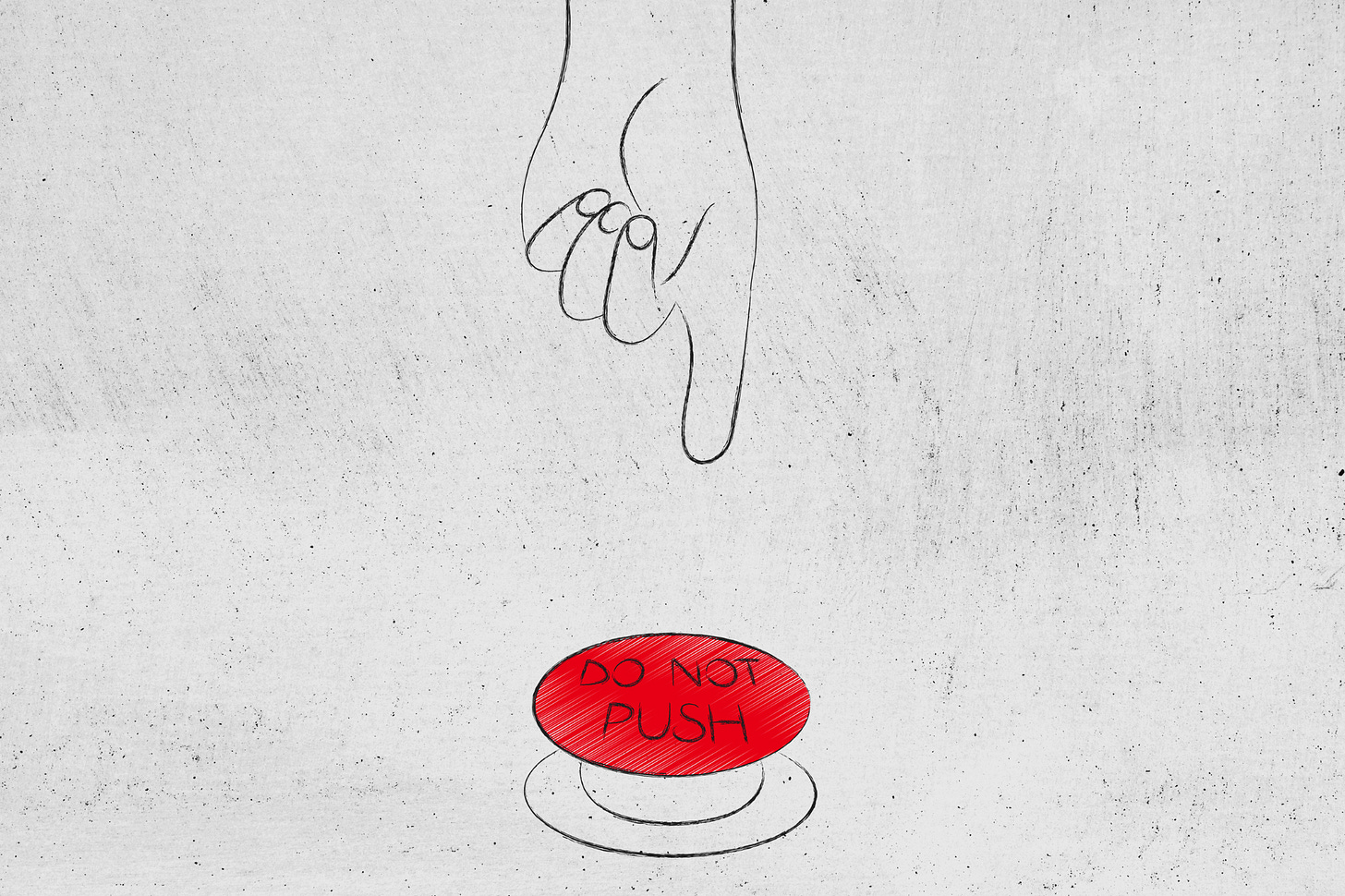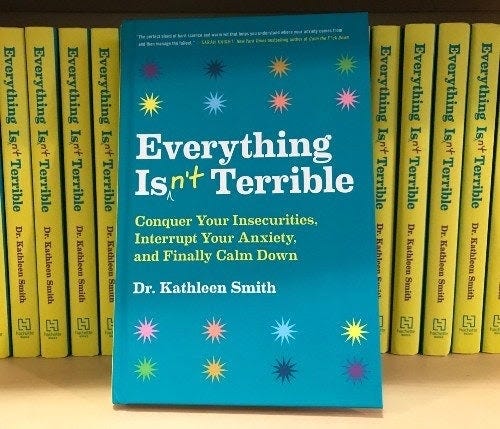Why We Choose What Doesn't Work
Why the brain doubles down on poor solutions in anxious times.
Just wanted to say thanks again to those who have signed up for the paid newsletters. Your support helps me carve out professional time to write these every week, which is a real joy. Last week I wrote about what it takes to live a life of “mini-steps,” and gave 30 examples of what those steps might look like as people build more authentic relationships. Sign up below if you’re interested. – K
“What do we typically do during a stressful time, when something isn’t working? The same thing again, many more times, faster and more intensely – it becomes unimaginable that the usual isn’t working.” - Dr. Robert Sapolsky, Behave
“Faster and more intensely” is a great way to describe our families, communities, and the news cycle in very anxious times. Often the situations that need our best thinking get our least flexible, most predictable responses. Why is that?
Stress interferes with the ability of your frontal cortex to think critically, making it almost impossible to shift from your usual habits. This makes perfect sense if a lion is chasing you. You don’t need a nuanced strategy, just the familiar brain circuits that scream RUN or HIDE.
The challenges of human relationships, however, are rarely that simple. So the stress tends to work against us. In other words, we double down on what doesn’t work. This is why people might yell back at their teenager. How they end up overfunctioning even more, wondering why others aren’t being more responsible. Maybe you try to drag or bully people towards your way of thinking. Or you keep avoiding a difficult conversation you need to have.
I try to hold onto these thoughts as I watch people react to challenges, to the unimaginable suffering in the world. Not to excuse people’s behavior, but to simply have a lens for thinking about it. A way of not being surprised by humans who are human-ing. Dr. Bowen described this as taking the view from the top of the stadium.
From the top of the stadium, we see how our reactions to challenges are more about managing our own anxiety than helping others.
In anxious times, we calm ourselves down by:
Blaming others.
Complaining about others.
Trying to make others feel/think the way we feel/think.
Becoming over-involved with other’s reactions.
Let others function for us.
Distancing from problems all together.
So are we doomed to smash the same buttons over and over? How does a person give their frontal cortex a chance to do its job, to think critically and shift out of our predictable responses to stress? There are many answers to this questions, but for me it has looked like having good questions to turn to when the brain can’t generate them. I give clients two questions in hard times:
How do I want to be responsible for myself right now?
How do I want to be responsible to others?
I’ve written about these questions before, and I hope they are useful to you this week. My hope is that you can help your brain shift out of doubling down on those same old circuits. And that you won’t be so hard on yourself when it does what’s familiar. Stay curious, and see what helps. Let me know how it goes.
Your exercise: When in life have you (or your family, community, etc.) doubled down on the same reactions to hard things? Do you keep telling your kid to “calm down,” even though you know it doesn’t work? Do you lose all your energy trying to change or convince others? Think about the past month—what predictable patterns do you notice?
Your assignment: What would it look like to pay more attention to your own reactivity? To manage it more responsibly, so that it doesn’t spill out onto others? Write down some of the wisdom you want to hold onto when your brain is likely to double down on predictable patterns. Think about where you want to keep this wisdom, so that you can access it on a tough day.
News from Kathleen
I had a wonderful weekend with friends in beautiful Ohiopyle, PA, where we compared new Frasier to old Frasier (we know how to party) and showed appropriate reverence for Mary McDonnell’s hair in Netflix’s Fall of the House of Usher.
In professional matters, I had a great time presenting for the Bowen Center’s Faith Leadership seminar on fostering intergenerational relationships in congregations. A few other people have asked me to present this to their group, so let me know if you’re also interested.
How to support my work:
Turn on paid subscriptions, to get weekly emails (rather than twice a month).
Leave a review of my book on Amazon. Reviews help people find the book.
Forward or share this newsletter to others who might be interested.
Want to read more of my writing? Get my book, Everything Isn't Terrible, from Amazon, Barnes and Noble, or your local bookstore (best option).
Want a free anxiety journal with the book? Calming Down & Growing Up: A 30 Day Anxiety Journal includes thirty daily prompts to help you reflect on and respond to your anxious behaviors. To receive a copy, just email me your receipt of Everything Isn’t Terrible.
Email me if you’re interested in Bowen theory coaching or want me to speak to your group or workplace. Follow me on Twitter, Facebook, or Instagram.
Want to learn more about Bowen theory? Visit the Bowen Center’s website to learn more about their conferences and training programs.




I would love a chance for some leaders at my church to hear you talk about fostering intergenerational community. In some ways, I think fostering these relationships intentionally is where I've encountered the most resistance in my time at my church.